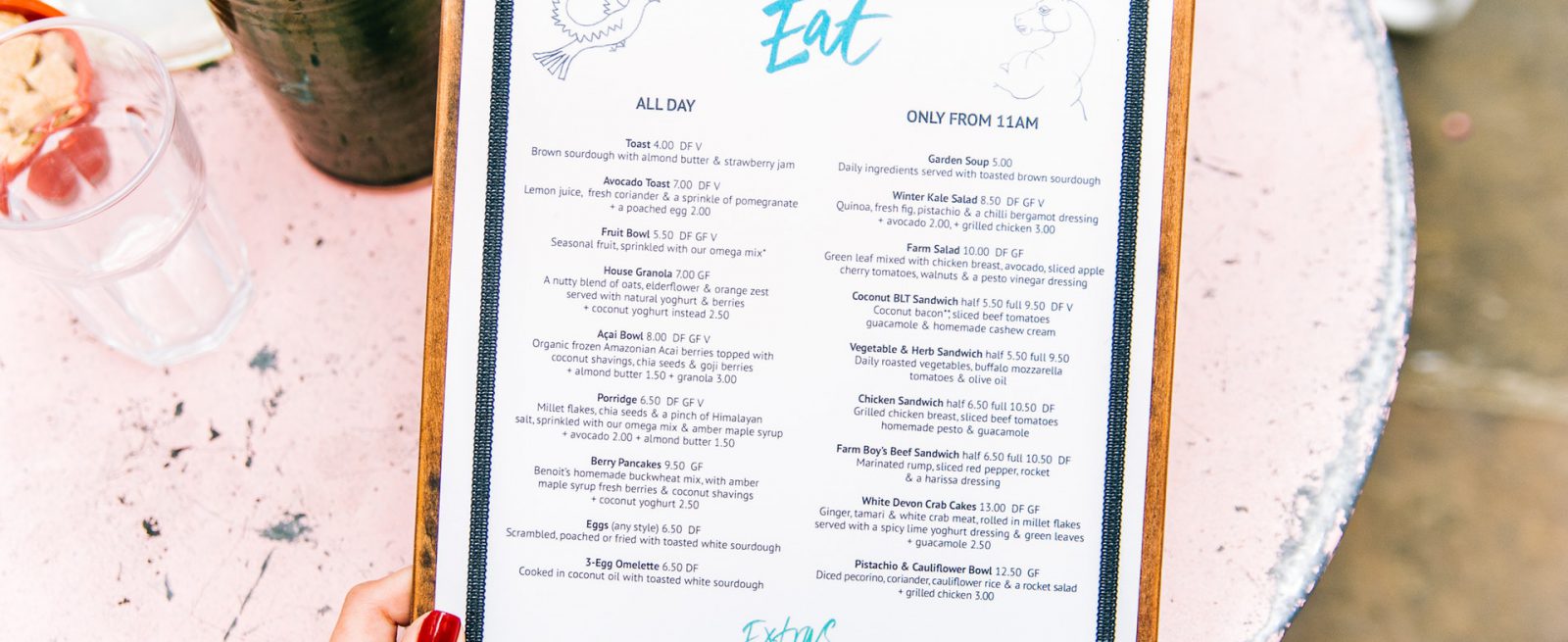Three Things Operators Should Focus on When Developing and Pricing Menu Items in 2018
2 Min Read By Wade Winters

“Ask the Expert” features advice from Wade Winters, Vice President of Supply Chain for Consolidated Concepts Inc. Please send questions for this column to Modern Restaurant Management (MRM) magazine Executive Editor Barbara Castiglia at bcastiglia@modernrestaurantmanagement.com.
This post was written by Tyler Norman, Charlie Lewis and Wade Winters.
Q: What should restaurant operators focus on in 2018 when developing their menu items and pricing?
A: This has been a very interesting year for the restaurant industry. There have been many ups and downs that included a flood of bankruptcies and acquisitions, major CEO/CFO changes, legislation that dramatically impacted the restaurant industry, and relatively speaking, food commodities have come down in cost compared to prior years.
To make matters worse, competition continues to grow as the restaurant world becomes oversaturated. When one restaurant closes, it seems that two more pop up. And the type of competition expands to include grocery stores, food trucks, convenient stores, home delivery services, and the list continues. Adding to the complexity and challenges, customer traffic is down about two percent compared to last year.
Taking these factors into mind, what should restaurant operators focus on in 2018 when developing their menu items and pricing?
Menu Balance
First, the food needs to taste good and menu prices need to be reasonable for the customers. People are looking for ways to stretch their dollar but aren’t willing to sacrifice quality. It doesn’t make sense to get into a price war with your competition; however, consider including something extra so the customer feels they got more value out of their purchase. The dining experience needs to be affordable and rewarding for repeat visits.
Menu Size
A second consideration is the size of the menu. Many restaurants make the mistake of thinking that if they add more items to their menu, they will attract more customers and increase sales. This theory often back-fires because a large menu confuses the customer and increases the number of products that a kitchen needs to stock and prepare. This results in increased labor and increased food cost. Consider reducing the size of your menu and simply be the best at what you offer. It may be counterintuitive, but a more focused menu could increase sales, and it will reduce labor and food cost.
Food Waste
Another area to consider is waste. Utilizing every by-product will not only improve your food cost, it will give your restaurant credibility for sustainable practices. Consider using your “scraps” and promote menu items as such, i.e. “kitchen sink soup” or “leftover succotash.” If portrayed the right way it can give restaurants an advantage with customers who appreciate the zero-waste mentality, not to mention getting credit for the honesty. Add the fact that it is essentially cost free from a product standpoint, and you have a win-win!
While there are still many unknowns for 2018, there is no doubt that there will be more competition, more labor challenges and commodity food cost volatility. By keeping the above three considerations in mind, however, restaurant operators can sail through the changes.


